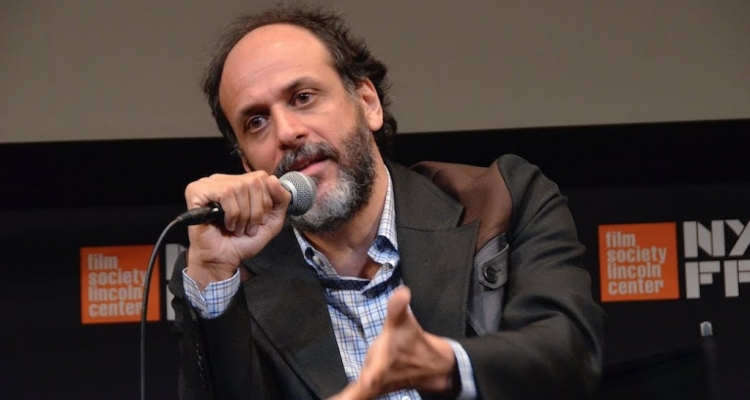One of the most anticipated films playing at the New York Film Festival is Luca Guadagnino’s “Call Me By Your Name.” An adaptation of the beloved novel by Andrè Aciman, “Call Me By Your Name” tells a story of sexual awakening and growth starring Armie Hammer and Timothee Chalamet as two young men who meet on the sun-drenched Italian coast in the summer of 1983. Sensual and sensitive, the film abjures the tragic element found in many gay romances and instead tells a joyous story of fleeting and formative young love. Guadagnino came to Lincoln Center to present his film and fielded questions from the press.
On clichés in the coming-of-age genre
Guadagnino shared that he was initially resistant to directing the film but that one reason he relished the chance was to correct flaws he saw in most coming-of-age films. He complained about the mechanistic way such films present growth as a result of resolving certain preconceived dilemmas, like choosing between two lovers. “The idea that there is a contrast against the lovers is a construct that is so artificial, that there has to be somebody that is going to contrast and that the love will triumph, or in the gay canon, the love will triumph and be bittersweet, or it will not triumph.”
While trying to avoid those clichés, he was inspired by the work of Maurice Pialat, specifically his 1983 film “A Nos Amours.” Guadagnino said, “What is great about Pialat’s cinema, is the capacity that he has always had to avoid the traps of a narrative and to be at the center of his characters and to really let live the flesh and bone and blood and sperm and every other kind of biological fluid to his characters in a way that is really connected with the audience because we are like the people on the screen.”
READ MORE: ‘Call Me By Your Name’ Steals TIFF 2017 Opening Night Buzz
He continued that a specific goal for him was “that I wanted to show to myself that I could tell the story from the perspective of someone like Pialat instead of the perspective of three acts.”
Later, Guadagnino was asked about love stories on film that inspired him and he mentioned Hitchcock’s “Vertigo” (showing “the morbidity of love”), “L’Atalante” by Jean Vigo, and “Voyage to Italy,” by Roberto Rossellini.
On capturing 1983 through costume design
Guadagnino said, “It was very important for us for the movie not to look period, for the movie not to look like a reflection on the 80s, the way cinema usually does, when it becomes period. It’s very difficult to resist the temptation of thinking of a period from our perspective, our idea of the 80s.” He elaborated on “2001” as an example of projecting current tendencies into the future only for the reality to look totally different and also on the extreme stylization of “Dick Tracy” as valid approaches, but said “what I prefer for myself is to be invisible. Which is probably the greatest of the artifices, to reconstruct something that is not there anymore but to try to be close to what it was.”
Guadagnino and his team achieved this verisimilitude through extensive research, with an assist from the residents of Crema, both his hometown and a shooting location for the film. “One thing we did, Crema is a very small village, so we found the opportunity to enter other people’s houses and they gave us their pictures of their ’80s. So we had a big, big book and we discovered a lot, for instance, not all the ladies had big shoulders, not all the ladies had big hair. This is something that has sort of become canon for ’80s representation, but it’s not exactly how it was. And again, the Maurice Pialat film was a great guide because that is a 1983 film.”

